Corbin Lane
TPF Noob!
- Joined
- Oct 7, 2007
- Messages
- 221
- Reaction score
- 0
- Can others edit my Photos
- Photos OK to edit
Alright, I've been playing with all of this for a while. I have tried to do it while the flash is in manual mode along with the camera, but all of the pictures are ether over exposed or underexposed. It takes a lot of shots just to get it close to correct exposure. I have tried to google it and I've read the manual, I have looked at strobist and I've read some of their stuff, maybe I'm missing something on the website. Would someone to care to explain how to get it correct on the first or second try.
Thanks
Thanks


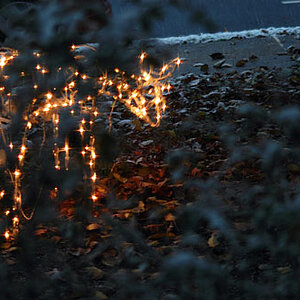
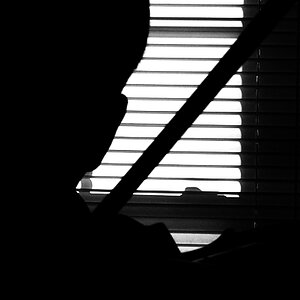
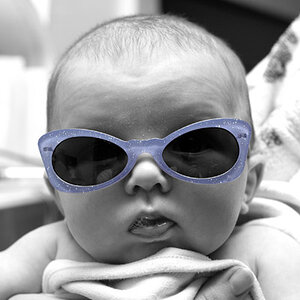
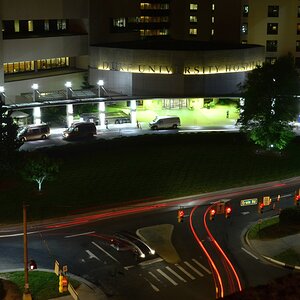

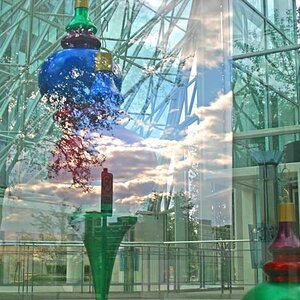

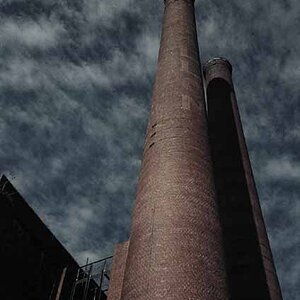

![[No title]](/data/xfmg/thumbnail/39/39447-6e7679723d775935851f055bae9712ba.jpg?1619739036)
![[No title]](/data/xfmg/thumbnail/39/39446-903cfeac143cee6330a51546ecfdda92.jpg?1619739035)
